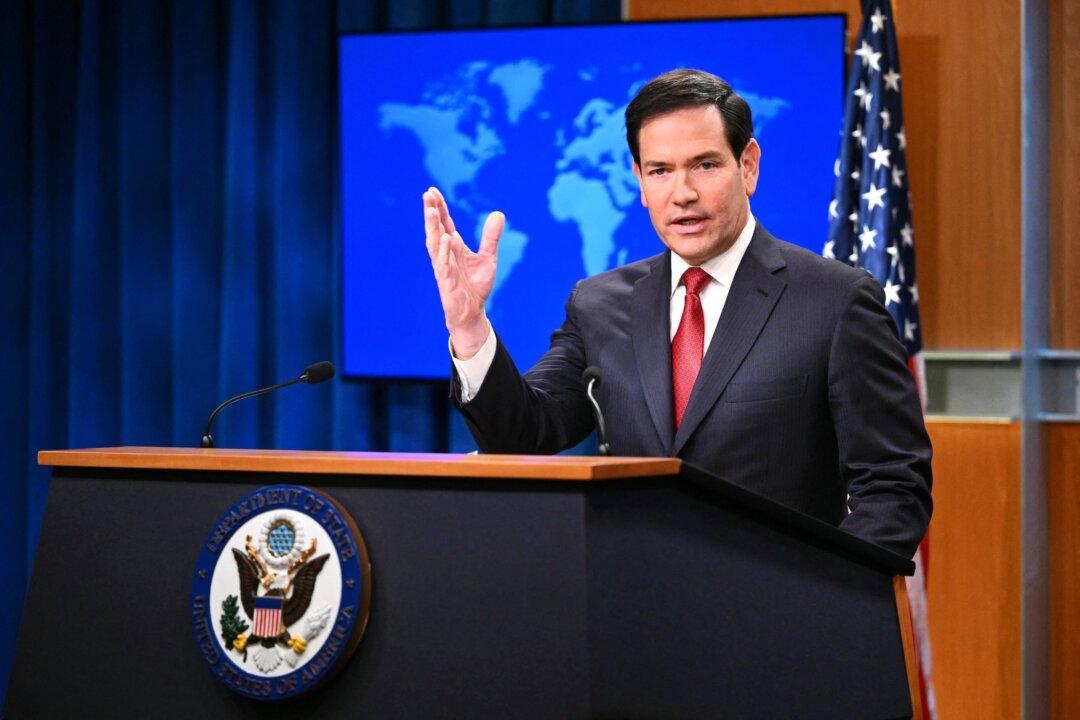The time has come for the North Atlantic Treaty Organization (NATO) to take on a wartime mindset and boost spending levels to those seen during the Cold War era, according to the alliance’s secretary-general, Mark Rutte.
Speaking at an event hosted by Carnegie Europe in Brussels, Belgium, on Dec. 12, Rutte said Russia is already on a wartime footing, with military spending expected to account for up to 8 percent of Russia’s GDP and a third of its state budget in 2025. Rutte further asserted Russia is continuing to turn out large numbers of tanks, armored vehicles, and ammunition, with support from China, Iran, and North Korea.





